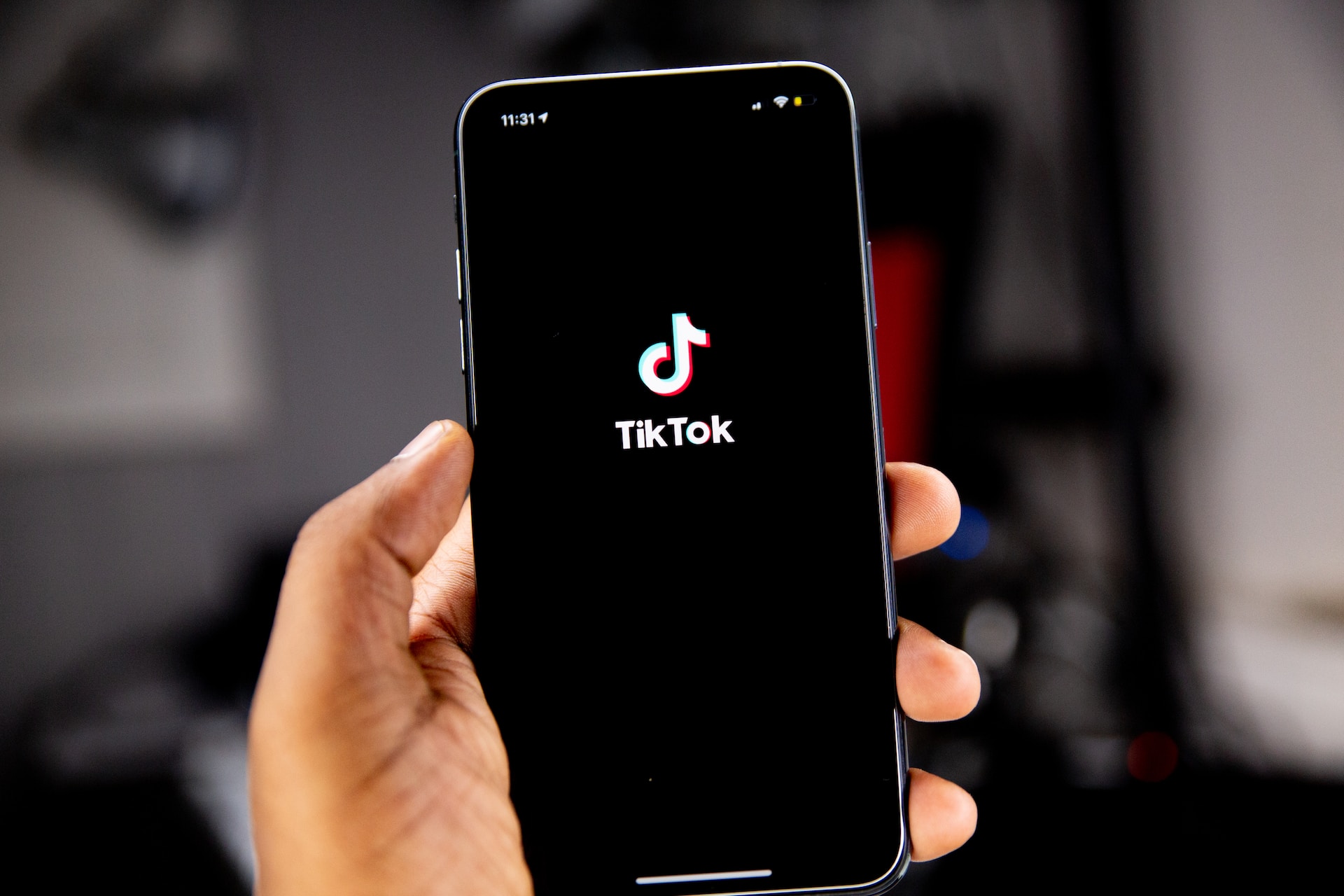Voice Assistants Unveiled: A Peek into How They Work and Their Limitations
Voice assistants have become an integral part of modern life, simplifying tasks and enabling hands-free interactions with devices. From setting reminders to controlling smart home devices, these AI-powered companions have become more than just novelties. In this article, we will delve into the technology behind voice assistants, understanding how they work and exploring the limitations that influence their performance.
The Rise of Voice Assistants: From Novelty to Necessity
Voice assistants, once seen as futuristic concepts, have swiftly evolved into indispensable tools. With the rapid advancements in artificial intelligence and natural language processing, voice assistants have gained widespread adoption in smartphones, smart speakers, and other devices. Their intuitive and conversational interfaces have made them a necessity in today’s fast-paced digital age.
Behind the Scenes: How Voice Assistants Work
At the heart of voice assistants lies a complex combination of algorithms and technologies that facilitate human-computer interactions. When a user activates a voice assistant, the audio input is processed and transformed into text using automatic speech recognition (ASR). The processed text is then analyzed and interpreted using natural language processing (NLP) techniques to understand the user’s intent.

Natural Language Processing (NLP): Understanding User Commands
NLP plays a pivotal role in voice assistants’ ability to comprehend user commands and queries. Through various NLP models, voice assistants can extract the context and meaning from spoken language, allowing them to provide accurate and contextually relevant responses. As NLP technology advances, voice assistants become more adept at handling complex instructions and engaging in natural conversations.
The Power of Machine Learning in Voice Recognition
Voice assistants heavily rely on machine learning algorithms to improve their accuracy and adaptability. With vast amounts of data and user interactions, they continuously learn from user behavior and refine their language models. This adaptive learning process enhances their ability to understand diverse accents, speech patterns, and even colloquial expressions.
Limitations of Voice Assistants: Challenges and Roadblocks
Despite their impressive capabilities, voice assistants still face limitations. Accurate recognition can be challenging in noisy environments, and they may struggle with uncommon accents or languages. Misinterpretation of commands can occur, leading to unintended actions. Additionally, voice assistants heavily depend on internet connectivity, making offline functionality limited.
Privacy and Security Concerns with Voice Data
Voice assistants raise valid concerns about privacy and data security. As voice interactions are recorded and stored, there is a risk of sensitive information being accessed or misused. Developers must prioritize data encryption, user consent, and transparent data handling practices to mitigate these concerns.
Overcoming Limitations: Advancements and Future Prospects
The industry is continually working to address the limitations of voice assistants. Ongoing research and development aim to enhance speech recognition accuracy, expand language support, and improve offline functionality. As voice assistants become more sophisticated, they are likely to play an even more significant role in various domains, including healthcare, education, and accessibility.
In conclusion,
voice assistants have revolutionized human-computer interactions, bringing convenience and efficiency to our daily lives. Their inner workings, driven by AI, NLP, and machine learning, make them powerful tools for task automation and information retrieval. However, recognizing their limitations, ensuring data privacy, and advancing their capabilities will be essential for the continued success and responsible deployment of voice assistants in the future.









